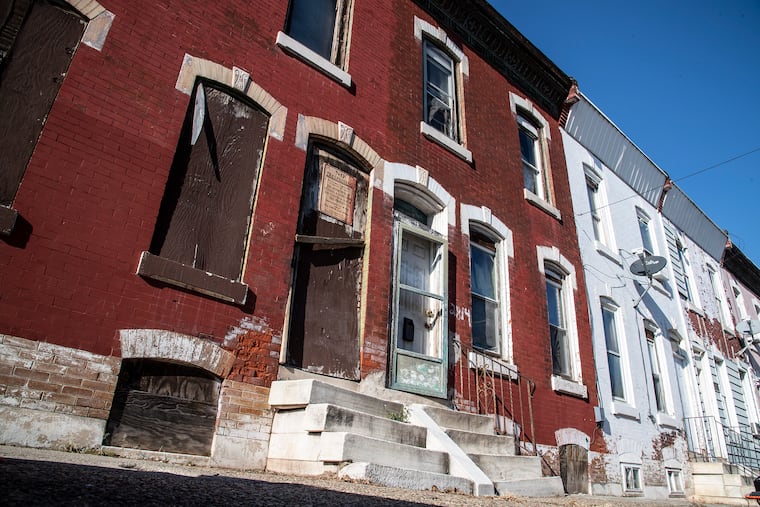Tax zones are great opportunities — for the rich | Editorial
With 88 census tracts in Philly and seven in Camden designated as 'Opportunity Zones,' where federal tax breaks are available to investors, it's time to make sure neighborhoods benefit.

Those concerned about the lack of oversight and accountability for tax credit programs like the corporate welfare New Jersey bestowed upon developers in Camden ought to brace themselves. The federal government’s program, launched as part of President Trump’s 2017 tax package, could prove to be that debacle on steroids.
The “Opportunity Zone” is a new scheme to spur development in communities historically hungry for it — by giving tax breaks to investors. It uses public money — in this case, deferring or waiving taxes that would ordinarily be paid on capital gains — to subsidize private individuals and enterprises. Once an investor qualifies for the program, barely any requirements kick in to ensure that targeted neighborhoods genuinely benefit.
This is the latest iteration of the widely discredited but nevertheless enduring fantasy that the transfer of wealth inherent in giving tax breaks to people who have plenty of money will somehow benefit people who don’t have any. Eighty-two census tracts in Philadelphia and seven in Camden are among the 8,800 census tracts nationwide that have been deemed sufficiently distressed to qualify for an OZ designation. The program’s advocates on both sides of the river say deals are getting done.
The problem is, the federal guidelines contain no reporting or other requirements to demonstrate benefits to the struggling communities being used as the ostensible rationale for the program. Those who concocted New Jersey’s tax “incentives” spent lots of time figuring out how to give investors the biggest bang for the buck. Creating jobs and otherwise benefiting the host community? Pretty much an afterthought, albeit one used to make the giveaways politically palatable and even, briefly, popular (see: “Camden Rising”). And the Opportunity Zone program is even worse.
Because the transactions at the heart of the program are mostly private, involving either individuals or groups of investors and the Internal Revenue Service, Philly, Camden, and other municipalities playing host to these arrangements are largely out of the loop. The tracts were chosen by governors using 2010 census data — by now likely to be seriously out of date in many instances — and can include at least in part neighborhoods that are not distressed but close to those that are, or were. Hence the sort of luxe high-rises and posh hotels being built with the help of OZ that a recent New York Times story described in cities like Houston and New Orleans. According to the Times, even former N.J. Gov. Chris Christie “has raised money for opportunity-zone investments including an apartment building in Hackensack, N.J., and a self-storage center in Connecticut.”
There is some good news. On Dec. 6, a group of Republican senators introduced a measure to require more accountability from investors using the program. In the meantime, communities hungry for development must be vigilant in scrutinizing and overseeing, to the extent they can, projects within their borders. It is long past time that we demand evidence these giveaways actually help, not hinder, economic recovery in neighborhoods long abandoned by private capital — and thanks to Opportunity Zone program, now are being used as bait to lure such dollars back. At a price.